All Blogs

Secure Your Customer Experience With Zuper
Zuper understands the unique position security technicians are in. There’s no room for “good enough.â€. That’s why our software offers a better way to manage your field service teams.
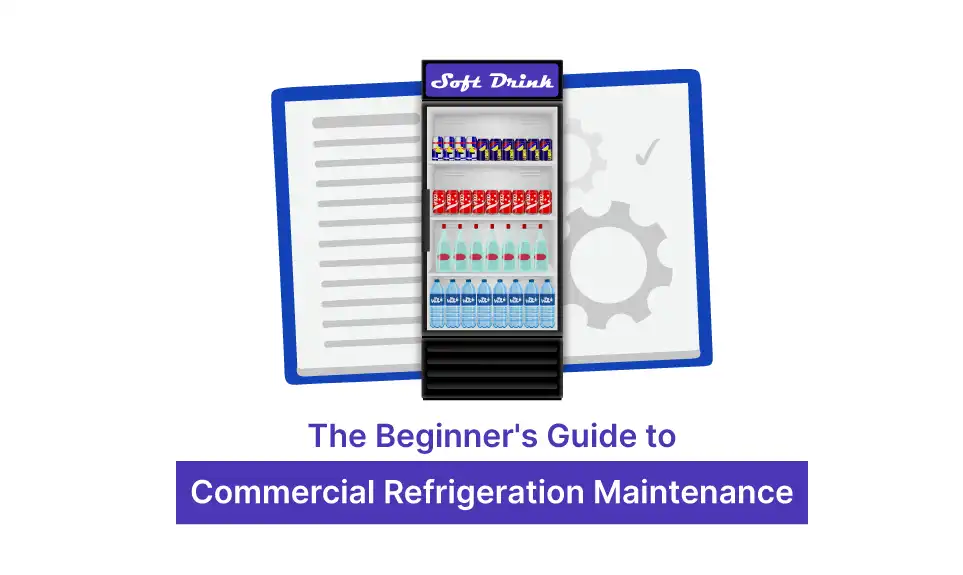
The Beginner’s Guide to Commercial Refrigeration Maintenance
Maintaining your refrigerator is critical if you are going to avoid a refrigeration failure. The question is, what sort of preventative maintenance should you perform?
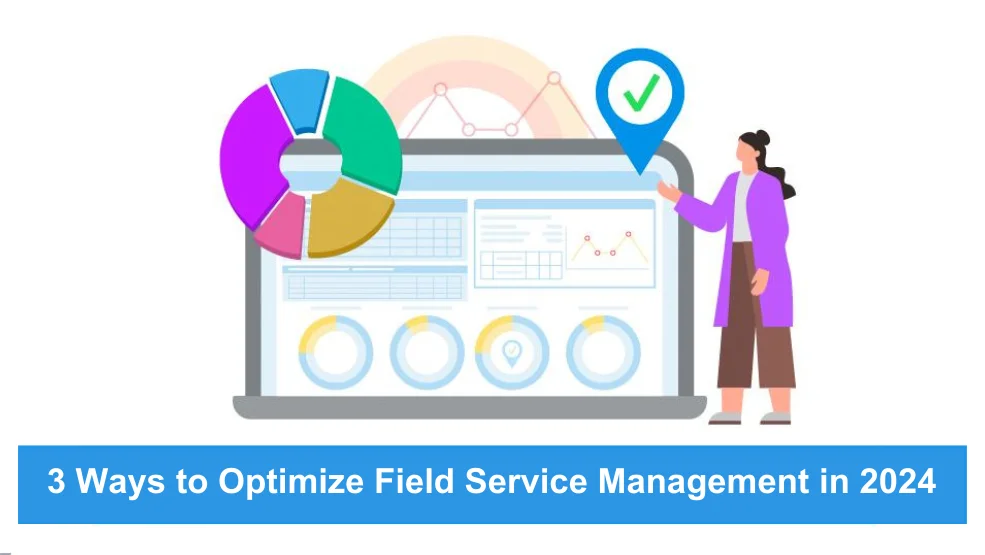
3 Ways to Optimize Field Service Management in 2025
Picture this. It is your typical work day. After your service technician is dispatched, a customer calls your business phone, telling them their service technician has not yet arrived.
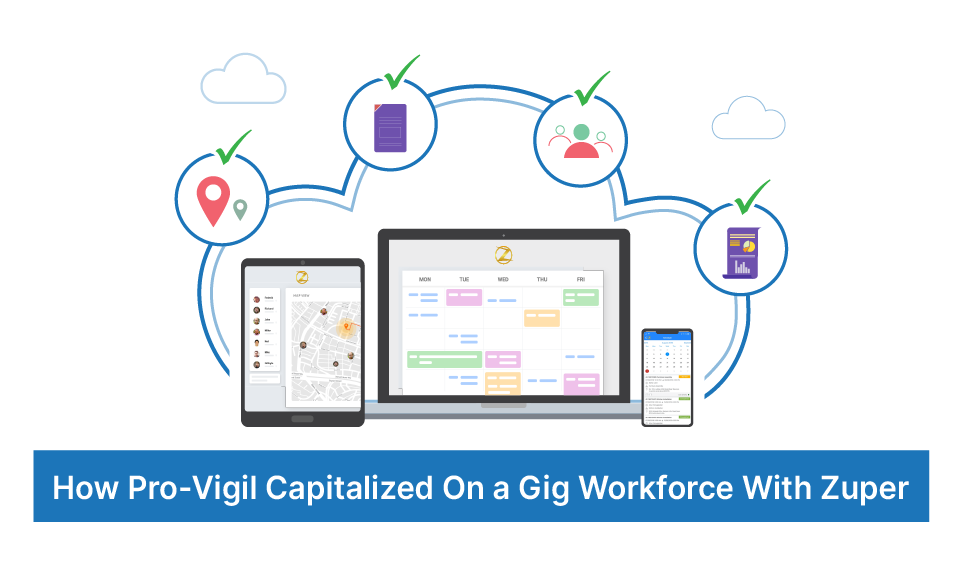
How Pro-Vigil Capitalized On a Gig Workforce With the Help of Zuper and Field Nation?
Through the use of Zuper and its Field Nation integration, Pro-Vigil elevated its workforce while increasing productivity and efficiency internally through the use of gig workers.

5 Proven Strategies to Get More Electrical Leads in 2024
In this article, we will discuss five electrical business lead generation ideas that can help you win more electrical jobs and increase revenue.

The Essential Roofer Salary Guide for 2024
Skilled and experienced roofers are certainly deserving of their compensation—they carry out a core function of any roofing company.
Do You Know the Benefits of Real-Time Location Tracking Software?
Implementing location tracking will allow you to run a more efficient and economical field service company.

Robotic Pool Cleaners Buyer’s Guide
If you’re in the market for a robotic pool cleaner, you’ve come to the right place. In this buyer’s guide, we’ll walk you through everything you need to know before making your purchase.
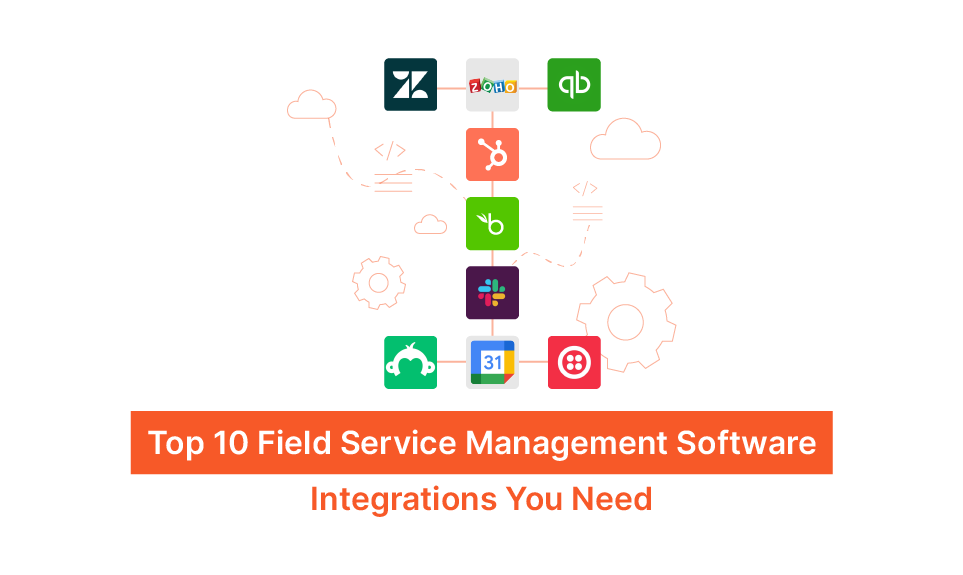
Top 10 Field Service Management Software Integrations You Need
Cloud-based field service software is transforming the service industry by helping them overcome their business challenges.
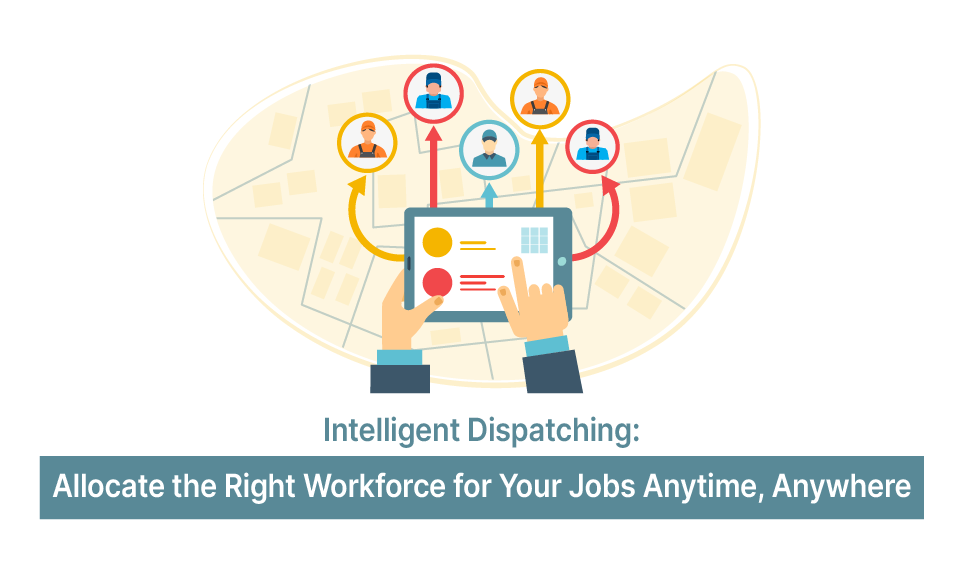
Intelligent Dispatching: Allocate the Right Workforce for Your Jobs Anytime, Anywhere
As a field services leader, the most important job is the one in front of you. Whether they’re repairs, upgrades, or installs, service calls take precedence over everything else.

The Quest for Customer-Centricity
At Zuper, we’re always looking for ways to better serve our customers. As such, our core objective is to Evolve our Client’s Business with The Most Comprehensive Productivity Suite.
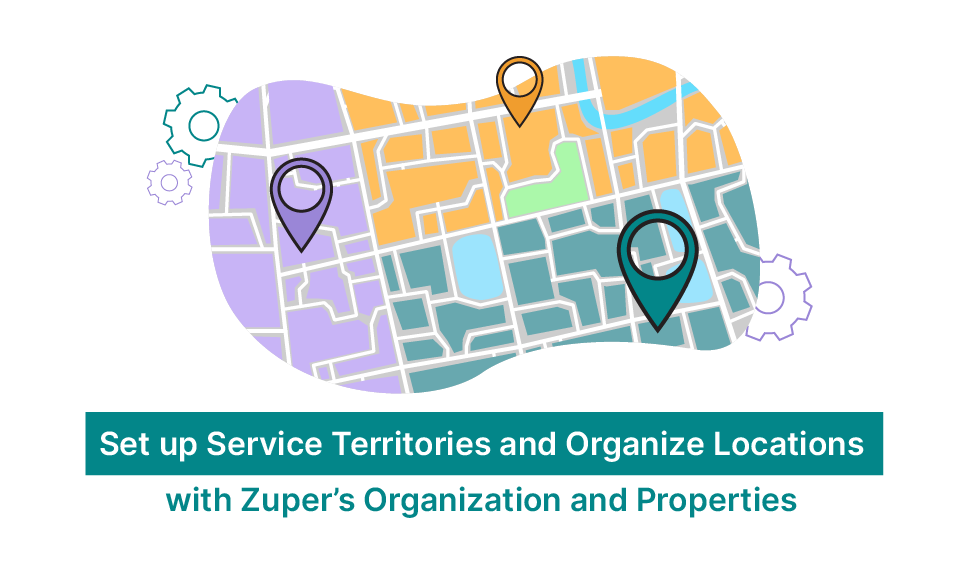
Set Up Service Territories And Organize Locations With Zuper’s Organization And Properties
When you are in the business of sales, whether it be goods or services, it can be tough to know where to start.

How Field Service Businesses Can Use Paid Social Media to Reach New Customers
Social media is not just an online presence, it is an experience. It is all about providing value, engaging your audience, and building relationships.

Solar Panel Industry Trends to Track in 2024
The pandemic affected many industries. It caused upheaval and forced a change in the way people do business and what people expect. Even government regulations have changed.

7 Reasons Why You Should Invest in Field Service Management Software Now
Field service management (FSM) businesses have embraced AI-powered business operations. This business transition will increase the global market income to $4.45 billion by 2025.
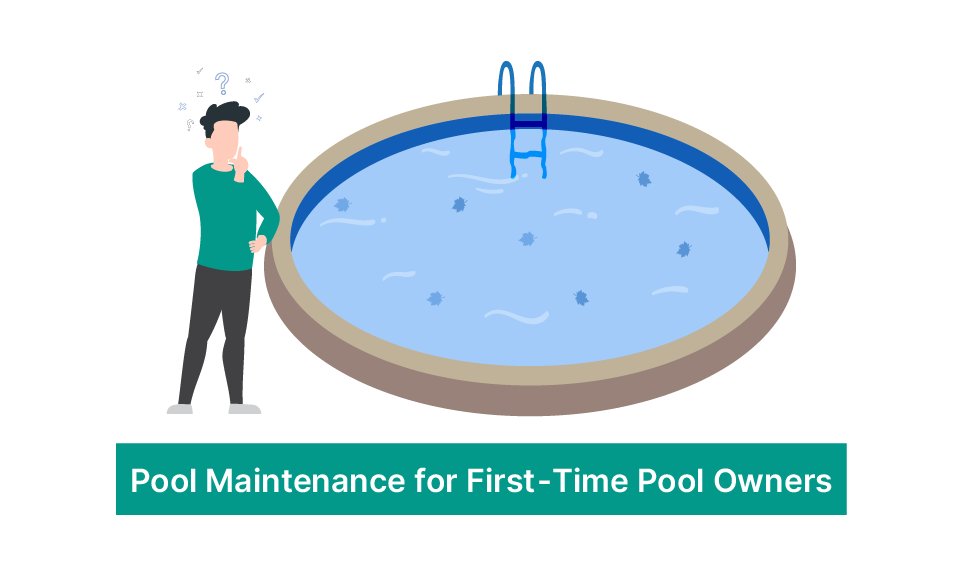
Pool Maintenance for First-Time Pool Owners
Summers are the time for fun at the pool—holding parties, getting the perfect tan, and performing tricks on a diving board? What fun! But if your fun is going to last, then you need to perform regular maintenance on your pool.

Our New Look, G2 Award, and a Big Thank You!
It has been an amazing first half of 2022 at Zuper! We are growing faster than ever, and our success is made possible by you, our global customers, and our ecosystem partners. The innovation you are spearheading is driving your industries forward, and we are happy to play a part in scaling and modernizing today’s fast-growing field service organizations.
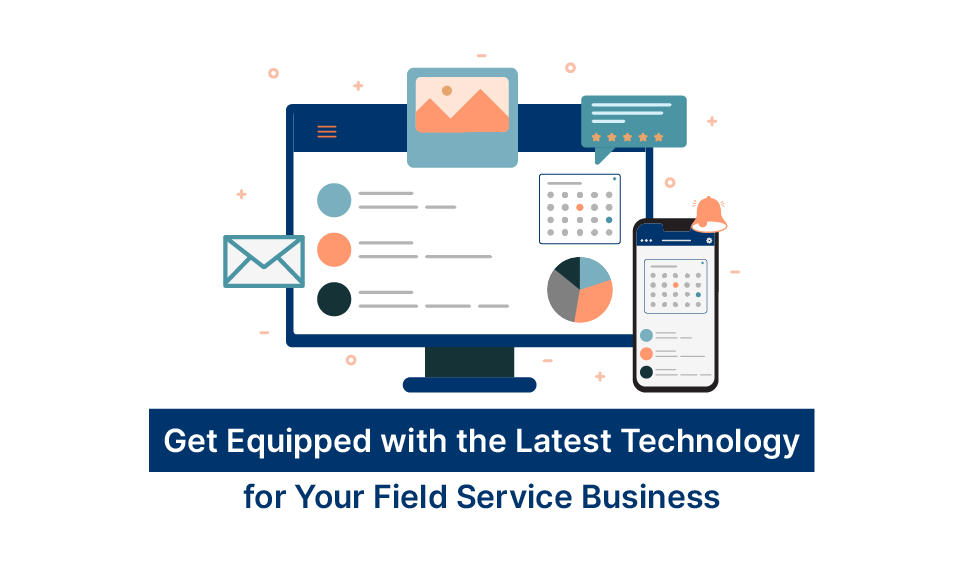
Getting Equipped with the Latest Technology for Your Field Service Business
FSM businesses need to switch to field service management software to keep up with evolving customer expectations around the Uberization of field service
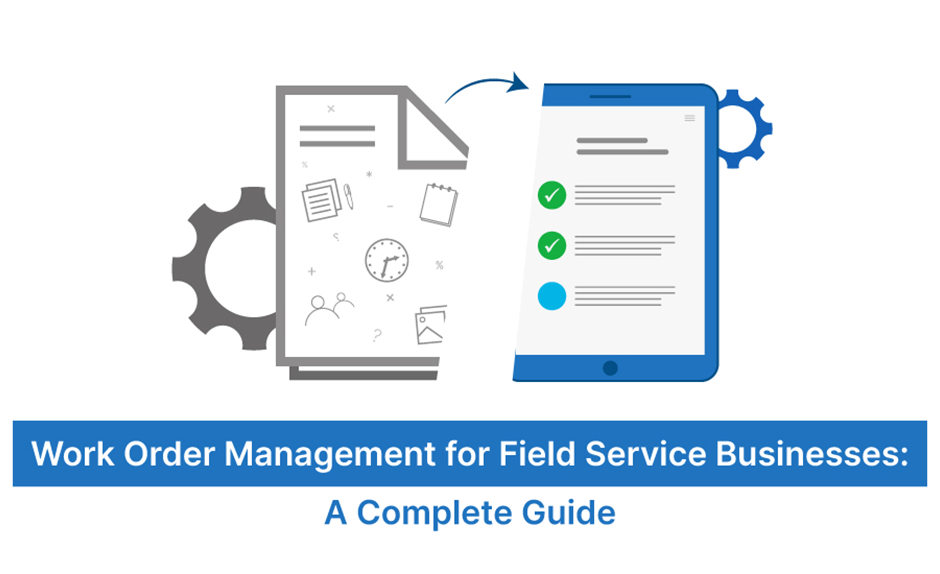
Work Order Management for Field Service Businesses: A Complete Guide
It is a typical Monday morning, and you are in the middle of distributing work orders to your field workforce.

Three Reasons To “Go Green” In Roofing And Contracting
According to a recent report from 2010–2019, harmful carbon emissions have never been higher in human history. António Guterres has warned, with scientists arguing that it is “now or never†to limit global warming to 1.5 degrees.
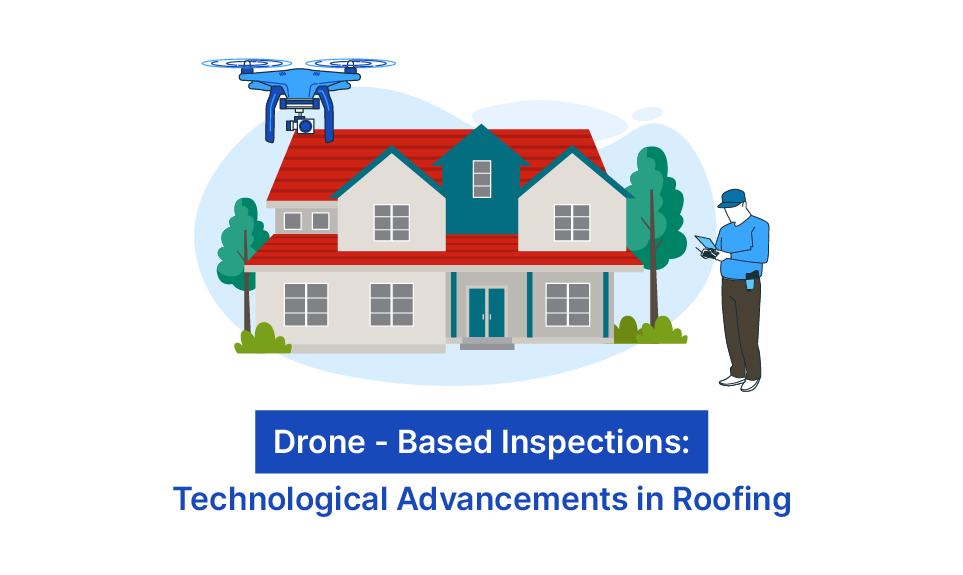
Drone-Based Inspections: Technological Advancements in Roofing
The roofing service industry is one of the many beneficiaries of this new technology, and roofing inspection is one of the many applications for drones in the roofing service business.
Learn More About
Zuper Today
Schedule a demo with our product experts and explore how you can improve your field service operations today.
